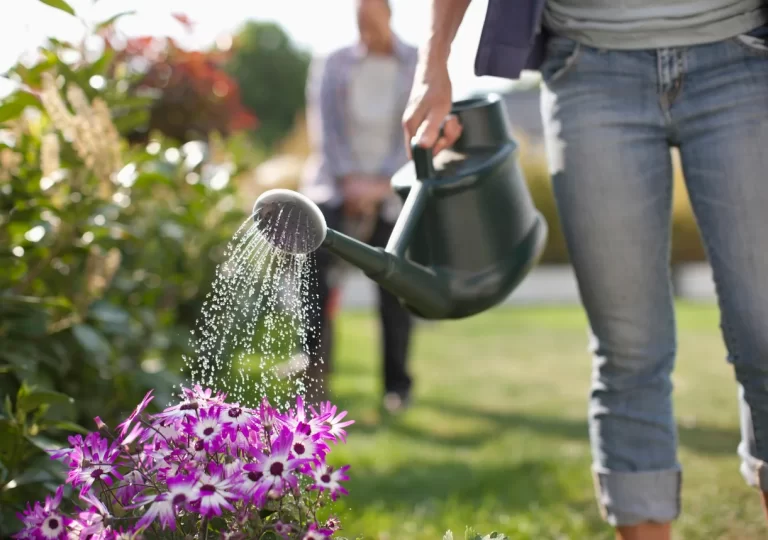Electric Tiller: A Game-Changer for Modern Gardening
Gardening, a timeless passion, has seen a plethora of technological advancements in recent times. Among these, the electric tiller stands out as an essential tool for modern gardeners. A departure from traditional, manually-operated tillers, electric tillers offer ease, efficiency, and sustainability. In this guide, we delve deep into the benefits of electric tillers, helping you make an informed choice for your gardening needs.
What is an Electric Tiller?
An electric tiller, at its core, is a garden tool designed to break up hard soil and prepare it for planting. Unlike its gasoline-powered counterparts, it runs on electricity, either from an electric cord or a rechargeable battery.
Key Advantages of Using Electric Tillers
Eco-Friendly
Electric tillers produce no emissions. Unlike gasoline tillers, they don’t release harmful pollutants into the air. This makes them an eco-friendly choice for garden enthusiasts conscious about their environmental footprint.
Less Noise Pollution
One major concern with traditional tillers is the noise they generate. Electric tillers, on the other hand, operate much more quietly, ensuring a peaceful gardening experience.
Low Maintenance
No need to worry about changing oil, replacing spark plugs, or the usual maintenance associated with gas engines. Electric tillers require minimal upkeep, making them hassle-free for users.
Lightweight and Portable
Typically, electric tillers are lighter than their gas-powered equivalents. Their compact design ensures easy maneuverability, perfect for small to medium-sized gardens.
Cost-Efficient
In the long run, electric tillers can be more cost-effective. They eliminate the recurring expense of gasoline and often have fewer repair needs due to their simpler design.
Choosing the Right Electric Tiller
When it comes to selecting the best electric tiller, consider the following factors:
Power Source
Corded electric tillers offer continuous power as long as they’re plugged in. However, they might restrict mobility due to the cord length. Battery-powered tillers offer more freedom to move, but their runtime is limited by battery life. Evaluate your garden size and choose accordingly.
Tilling Width and Depth
Different models offer varying tilling widths and depths. For larger areas, a wider tilling width can save time, while smaller gardens might benefit from a more compact tiller.
Ergonomic Design
Look for a tiller that offers ergonomic handles and easy controls to reduce strain during extended use.
Durability
Research user reviews and opt for brands known for their durability and robust construction.
Safety First
While electric tillers offer many advantages, it’s crucial to prioritize safety:
- Always wear protective gloves and eyewear.
- Ensure the tiller is switched off when making adjustments or clearing debris.
- Avoid using the tiller in wet conditions to prevent electrical hazards.
- Store in a dry, safe place away from children.
Maintaining Your Electric Tiller for Longevity
For those who’ve made the smart choice of investing in an electric tiller, ensuring its longevity is of paramount importance. Proper maintenance not only guarantees an extended lifespan for the tool but also ensures that it remains efficient and safe to use.
1. Regular Cleaning
After every use, it’s essential to clean your electric tiller thoroughly. Soil, grass, and other garden debris can get stuck in the tines or the motor. Using a brush or a soft cloth, gently remove dirt from all parts. Ensure the tiller is unplugged or switched off before you begin the cleaning process.
2. Check for Wear and Tear
Regularly inspect the tines for signs of wear, bending, or damage. Dull or damaged tines can reduce the efficiency of the tiller. Replacements are usually available from the manufacturer or authorized dealers.
3. Store Properly
When not in use, store your electric tiller in a cool, dry place. This protects it from moisture, which can damage the electric components over time. If your tiller is battery-powered, it’s wise to remove the battery during prolonged storage.
4. Battery Care (For Battery-Powered Tillers)
To ensure maximum battery life, always allow the battery to cool down before recharging. If you notice a decrease in runtime, it might be time to consider a battery replacement. Remember to recycle old batteries responsibly.
5. Cord Care (For Corded Tillers)
Regularly check the power cord for any signs of wear, fraying, or damage. Damaged cords can pose an electrical hazard. If the cord is damaged, refrain from using the tiller until it’s replaced.
Wrapping It Up
In today’s fast-evolving world of garden tools, the electric garden tiller has undeniably cemented its position as a top choice among garden enthusiasts. When comparing garden tillers, the electric cultivator offers undeniable advantages over traditional gas tillers. With options ranging from cordless tillers for unparalleled mobility to rear tine tillers for breaking ground in new garden beds, there’s an electric variant to meet every need. The addition of features like six steel tines for optimal soil aeration, ergonomic handles for comfort, and designs meant for easy storage further enhances their appeal.
For those seeking to breathe new life into their flower beds or start fresh with new garden beds, the battery-powered tiller has revolutionized the process. No longer is there a need to wrestle with bulky gas engines or maintain complex machinery. Front tine tillers, with their maneuverability, are especially adept at creating dreamy flower beds, while wider tillers ensure efficient ground coverage in larger areas. One cannot overlook the efficiency and eco-friendliness of electric cultivators, especially in an age where sustainability is key.

